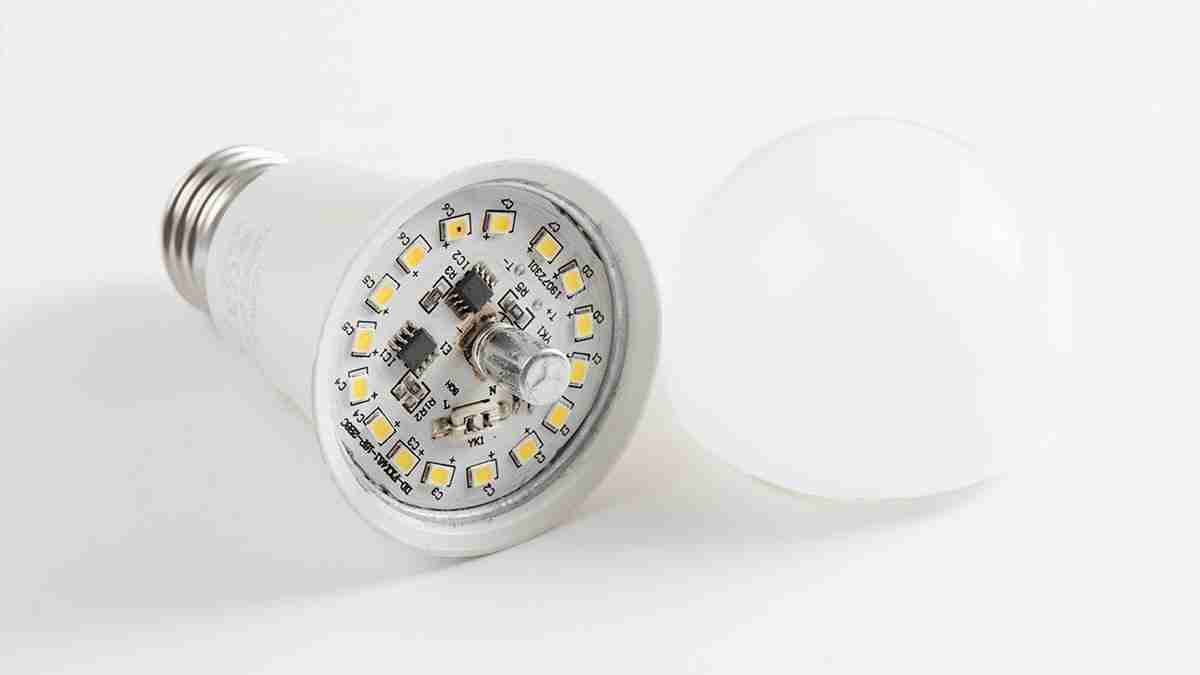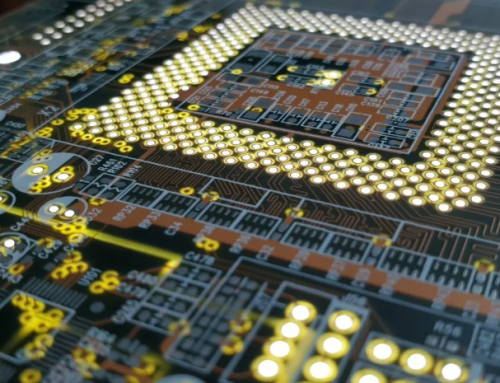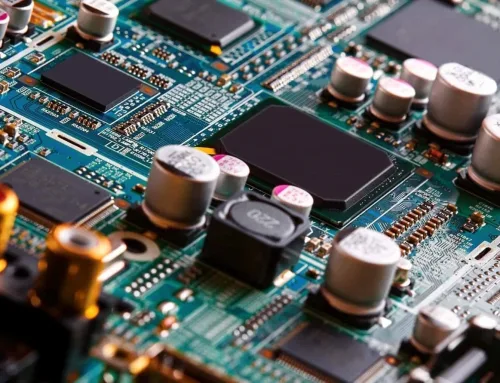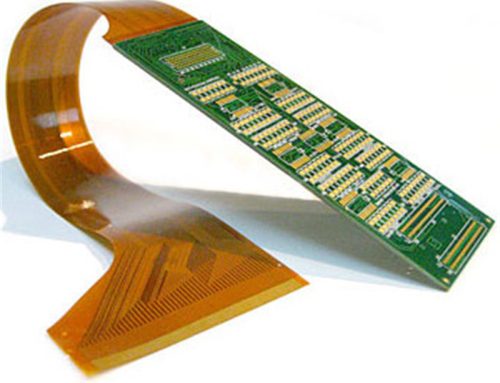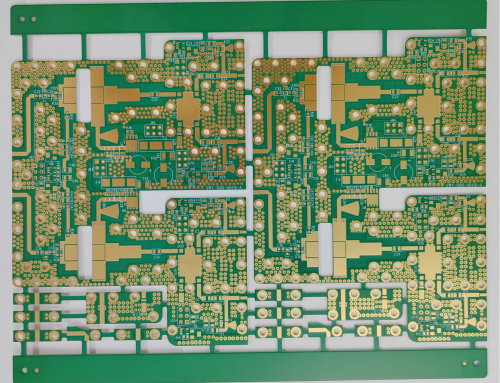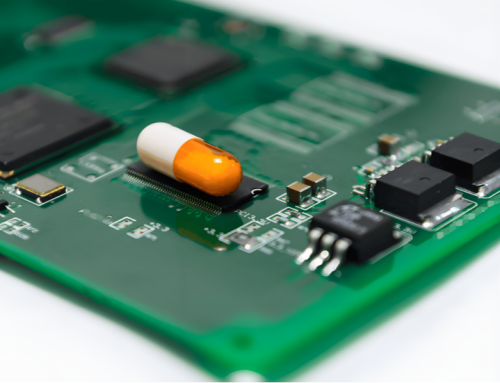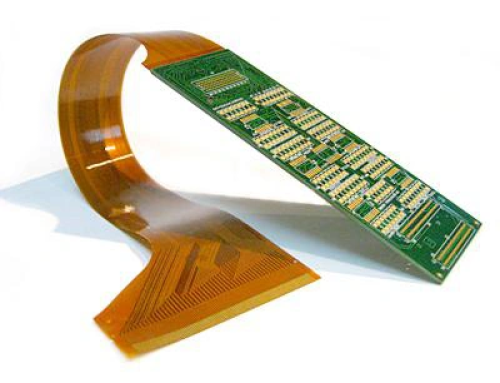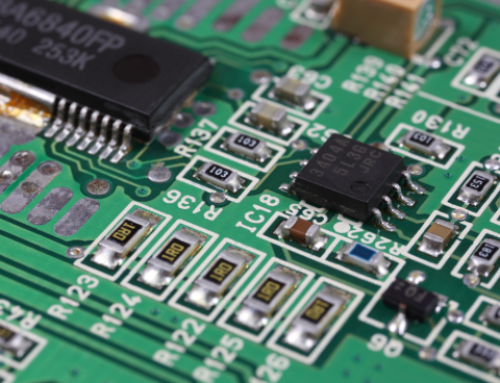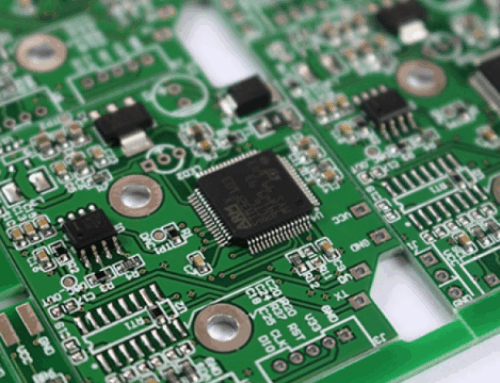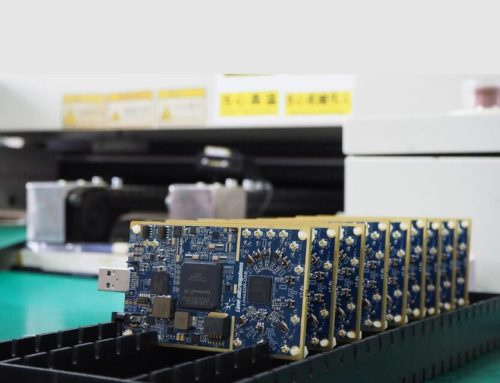What Electronics Component Would Fade an LED Light Bulb?
Table of Conent
Table of Conent
LED light bulbs frequently need to fade for various uses, including mood lighting, stage effects, and home automation. Creating a smooth fading effect requires understanding the basics and selecting the right technical components. The elements needed to fade an LED light bulb, the science underlying the procedure, and real-world applications will all be covered in this article.
The Essentials of LED Fading
A semiconductor device known as an LED (Light Emitting Diode) emits light when an electric current passes through it. Since the brightness of LEDs does not fluctuate linearly with current like that of conventional incandescent lights, certain control procedures are needed to provide fading or smooth dimming effects. LED fading typically involves varying the current supplied to the LED or modulating its supply voltage over time.
There are two primary methods to fade an LED:
1. Analog dimming: To make an LED less bright, lower the current flowing through it.
2. Pulse-Width Modulation (PWM): This method quickly turns an LED on and off at a frequency that is invisible to the human eye by modifying the duty cycle.
Both methods require specific electronic components and circuits. Let’s examine these components in detail.
Key Electronics Components for Fading an LED Light Bulb
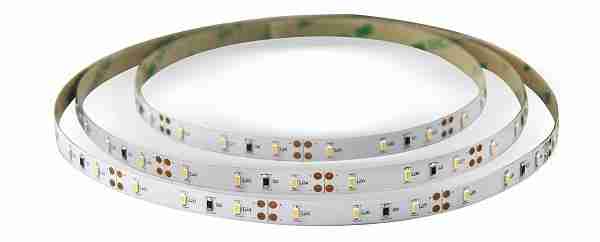
1. Resistors
An essential part of LED circuits are resistors. To avoid damage, they restrict the amount of current that passes through an LED. In applications that fade:
• By manually altering the circuit’s resistance, variable resistors—also known as potentiometers—allow you to indirectly alter the current and, consequently, the LED’s brightness. This is a simple analog dimming method but lacks precision.
2. Transistors
Transistors act as electronic switches or amplifiers in LED circuits. They are crucial for controlling the LED’s brightness using external signals. Common types include:
• Metal oxide semiconductor field-effect transistors (MOSFETs) and bipolar junction transistors (BJTs)
• In PWM-based fading, a transistor that rapidly flicks the LED on and off is controlled by an oscillator circuit or microcontroller.
3. Micro-controllers
Programmable chips called micro-controllers execute commands to operate electrical devices. For LED fading, micro-controllers generate precise PWM signals. Popular micro-controllers include:
• Arduino (e.g., Arduino Uno)
• Raspberry Pi Pico
• ESP32
Complex fading patterns, like progressive brightness increases and drops or coordination with other LEDs, are made possible by these devices.
4. Pulse-Width Modulation (PWM) controllers
Dedicated PWM controllers are integrated circuits (ICs) designed especially to generate PWM signals. They provide stable and accurate control without the need for a full micro-controller setup.
• Examples: NE555 timer IC, specialized LED driver ICs.
5. LED Drivers
Specialized integrated circuits (ICs) called LED drivers regulate how much power LEDs receive. Advanced LED drivers come with built-in dimming capabilities, such as PWM and analog dimming. They ensure the LED operates within safe voltage and current limits while providing smooth fading.
6. Capacitors
Capacitors can smooth out voltage fluctuations in LED circuits.They provide a more consistent light output and less flicker when combined with PWM.
7. Diodes
In LED circuits, Schottky or conventional diodes can be utilized to stop reverse current flow, safeguarding the LED and related parts.
8. DACs, or digital-to-analog converters
A DAC transforms digital information from a micro-controller into analog voltages for analog dimming. This provides finer control over the LED brightness compared to simple resistors.
Circuit Design for LED Fading Analog Dimming Circuit
1. An analog dimming circuit is relatively straightforward:
• The LED is linked in series with a variable resistor, also referred to as a potentiometer.
• By altering the resistance, which also alters the current flow, the brightness may be altered.
• While simple, this method can cause heating in resistors and is less efficient.
2.PWM Dimming Circuit
A PWM dimming circuit offers greater efficiency and control. Key components include:
• A micro-controller or PWM controller generates the PWM signal.
• A MOSFET or transistor that turns the LED on and off using a PWM signal.
• A current-limiting resistor is employed to protect the LED.
• Optional capacitors to smooth out any high-frequency noise.
3. Example: PWM Circuit with Arduino
• Attach the LED to a digital pin on the Arduino using a current-limiting resistor.
• Write code that generates a PWM signal using the ‘analogWrite()’ function.
• Adjust the duty cycle in the code to fade the LED smoothly.
Advanced LED Fading Circuits
For complex applications, advanced circuits combine multiple components:
• Micro-controllers with multiple PWM channels: Control multiple LEDs independently.
• LED drivers with SPI or I2C interfaces: Provide fine-grained color and brightness control.
• Feedback loops: Use photo-diodes or light sensors to maintain consistent brightness.
Practical Applications of LED Fading
1. Home Automation
Smart lighting systems frequently use fading LEDs. Components like ESP32 enable remote control and automation via Wi-Fi or Bluetooth.
2. Theatrical and Stage Lighting
DMX-controlled LED systems use advanced LED drivers and micro-controllers to create synchronized light effects.
3. Automotive Lighting
PWM-based fading is used in car interior lights and tail lights for smooth transitions.
4. DIY Projects
Hobbyists use Arduino or Raspberry Pi to create custom LED fading effects for decorative purposes.
Conclusion
Fading an LED light bulb requires a combination of fundamental and advanced electronic components. From simple resistors to sophisticated micro-controllers, each component plays a vital role in achieving smooth brightness transitions. Knowing these parts and how they work can help you create circuits that meet your unique LED fading needs. Whether for a DIY project, home automation, or professional lighting, mastering LED fading techniques opens up a world of creative possibilities.
Latest Blog
Contact Info
Phone: +86-755-82882936
Email: [email protected]
WhatsApp: +86-13570802455
Wechat: +86-13570802455
Address: 2nd floor,D Bldg.,Electric Link Technology Bldg.,Gongming,Guangming New Dist.,518106 Shenzhen, China

